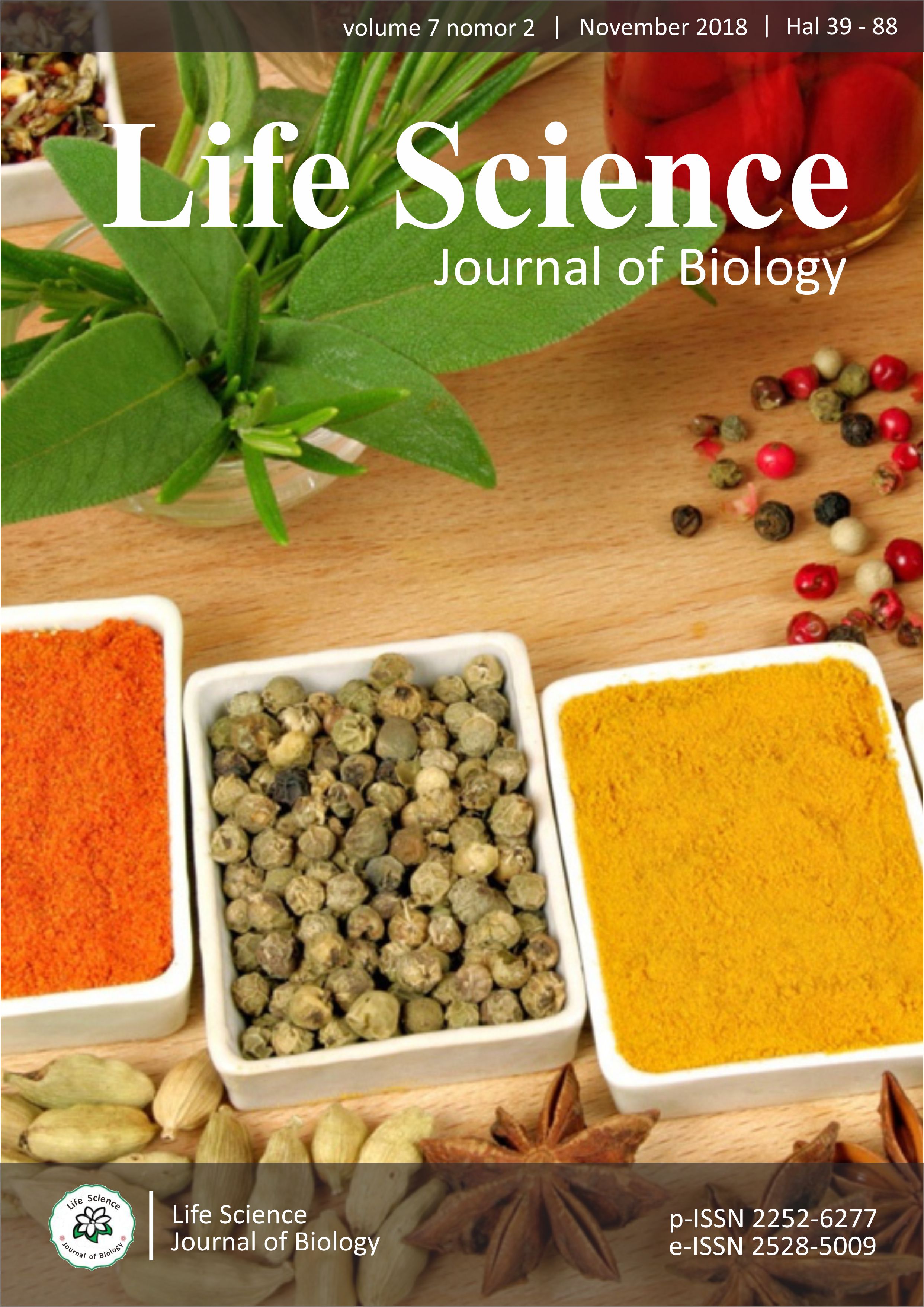Uji Mikrobiologi Biskuit Dengan Penambahan Tepung Kulit Pisang
Main Article Content
Abstract
Permintaan terhadap produk makanan kesehatan seperti makanan bebas gula, rendah kalori, dan kaya serat semakin meningkat. Telah dibuat biskuit berbahan tepung kulit pisang yang memiliki kandungan serat pangan yang cukup tinggi. Tujuan penelitian yaitu mengidentifikasi jumlah mikroorganisme pada biskuit tepung kulit pisang. Metode pengujian mikrobiologi sampel makanan dilakukan yaitu uji TPC (Total Plate Count) untuk menghitung bakteri, Most Probability Number (MPN) untuk menghitung jumlah Escherchia coli, Salmonella sp., dan hitungan cawan untuk menghitung jumlah Staphylococcus sp. serta kapang/khamir. Analisis data mengacu pada persyaratan makanan yang sudah ditetapkan sesuai Standar Nasional Indonesia (SNI 01-2897-1992). Hasil penelitian menunjukkan bahwa pengujian mikroba biskuit tepung kulit pisang normal tidak melebihi ketentuan Standar Nasional Indonesia (SNI) yang mempersyaratkan maksimal sebesar 1,0x104 koloni/g bakteri. Uji Salmonella sp. diperoleh hasil negatif. Hasil uji kandungan E. coli kurang dari 3/g. Hasil uji kandungan Staphylococcus aureus sebanyak <1,0x101 koloni/g. Hasil uji jumlah kapang/khamir kurang dari 1,0x101 koloni/g. Kesimpulan hasil identifikasi mikrobiologi biskuit tepung kulit pisang dinyatakan dalam kategori normal sesuai Standar Nasional Indonesia (SNI, 2009) dan BPOM (2009), sehingga dapat dikonsumsi oleh masyarakat sebagai makanan kesehatan.
Demand for health food products such as sugar-free foods, low in calories and fiber-rich foods is on the rise. It is known that made biscuits made from banana peel flour is known to have high dietary fiber content. The aim of this research was to identify the number of microorganisms on the biscuits with addition banana peel flour. Microbiological test method of food samples was done by TPC (Total Plate Count) test to calculate bacteria, Most Probability Number (MPN) to calculate the amount of Escherchia coli, Salmonella sp., and plate count to calculate the amount of Staphylococcus sp. and mold/yeasts. The results of data analysis refers to food requirements that have been established according to Indonesian National Standard (SNI 01-2897-1992). The results showed that the testing of microbial biscuits of banana peel flour did not exceed the provisions of Indonesian National Standard (SNI) which required a maximum of 1.0x104 colony/g bacteria. Salmonella sp. obtained negative results. The results of Escherchia coli content test less than 3/g. The results of the Staphylococcus aureus content test were <1.0x101 colony/g. The test result of the amount of mold/yeast is less than 1.0x101 colony/g. The conclusion of microbiology identification result stated that biscuit of banana peel flour was normal category according to Indonesian National Standard (SNI, 2009) and BPOM (2009), so it can be consumed by society as health food.


